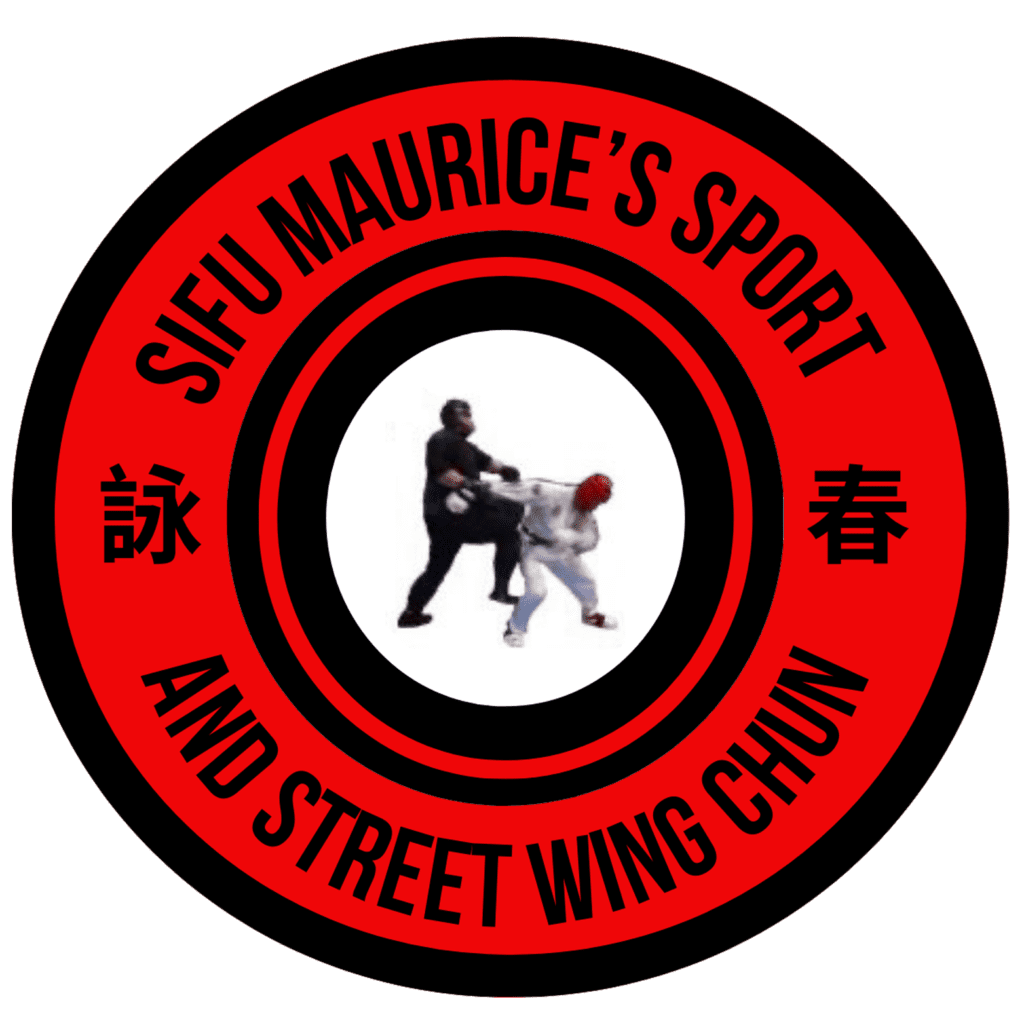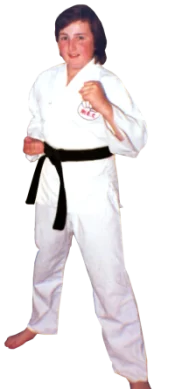What is Japanese Martial Arts Called? Unveiling the Rich World of Traditional Budo
By Maurice Novoa a master under the Yuen Kay Shan, Ip Man and Pan Nam lineages.
Introduction:
Japanese martial arts, also known as “Budo,” have a long and illustrious history that spans centuries. As an experienced martial arts instructor with over 30 years of experience, I am thrilled to guide you through the fascinating world of Japanese martial arts. Join me on this journey of discovery as we explore the essence and diversity of Budo.
1. Understanding Budo: The Way of the Warrior
Budo, which translates to “the way of the warrior,” is a collective term used to encompass various traditional Japanese martial arts disciplines. These arts share a common philosophy that extends beyond physical techniques, emphasizing the development of character, self-discipline, and spiritual growth. Budo is not just about learning how to fight; it is about cultivating a strong spirit and forging a noble character.
2. The Evolution of Japanese Martial Arts
The roots of Japanese martial arts can be traced back to ancient battlefield combat techniques, practiced by samurai warriors during feudal Japan. The samurai’s way of life was governed by a strict code of honor known as “Bushido,” which emphasized virtues such as loyalty, courage, and self-discipline. Over time, these martial skills evolved and were refined into formalized systems that emphasized moral and ethical principles.
3. Jujutsu: The Gentle Art of Yielding
Jujutsu is one of the oldest Japanese martial arts and serves as the foundation for several modern martial arts, including Judo and Aikido. The term “Jujutsu” translates to “the gentle art” or “the art of yielding,” highlighting its principle of using an opponent’s energy and momentum against them. It focuses on joint locks, throws, and immobilization techniques, making it effective for self-defense even against larger and stronger opponents.
4. Karate: The Way of the Empty Hand
Karate, meaning “the way of the empty hand,” originated in Okinawa and was heavily influenced by Chinese martial arts. It emphasizes striking techniques, including punches, kicks, knee strikes, and elbow strikes, while also incorporating blocks, parries, and evasive maneuvers. Karate practitioners train to deliver powerful and precise strikes, making it a formidable martial art for both self-defense and sport.
5. Judo: The Gentle Way
Founded by Jigoro Kano in the late 19th century, Judo is a modern martial art that evolved from Jujutsu. It emphasizes throws, joint locks, and pins, making it an effective martial art for self-defense and sport. Judo’s philosophy of “maximum efficiency with minimum effort” embodies the principle of “Seiryoku Zenyo.” It teaches practitioners to use an opponent’s energy against them, allowing a smaller and weaker individual to overcome a larger and stronger adversary.
6. Aikido: The Way of Harmony
Aikido, developed by Morihei Ueshiba in the early 20th century, focuses on redirecting an opponent’s energy and using circular movements to neutralize attacks. It is a martial art that emphasizes harmonizing with an aggressor rather than confronting them with force. Aikido practitioners seek to diffuse confrontations peacefully while maintaining control over the situation.
7. Kendo: The Way of the Sword
Kendo, known as “the way of the sword,” is a modern martial art that centers around the use of bamboo swords (shinai) and protective armor (bogu). Practitioners engage in simulated sword combat, following strict principles of etiquette and respect. Kendo places great emphasis on discipline, mental focus, and developing a strong spirit, making it not just a sport but a path of self-improvement.
8. Iaido: The Art of Drawing the Sword
Iaido is the martial art of drawing and cutting with the Japanese sword (katana) in a single, swift motion. It focuses on the development of mental focus, discipline, and the ability to respond to sudden confrontations. Practitioners train to perform precise and controlled sword techniques, symbolizing readiness for action at any moment.
9. Kyudo: The Way of the Bow
Kyudo, known as “the way of the bow,” is the Japanese art of traditional archery. Practitioners learn to shoot arrows with precision while cultivating a sense of calmness and mindfulness. Kyudo is not merely about hitting a target but about perfecting one’s form and aligning the body and mind.
10. Sumo: The Ancient Art of Wrestling
Sumo is an ancient Japanese sport and martial art that involves two wrestlers attempting to force one another out of a circular ring. It is deeply rooted in Japanese culture and traditions, and professional sumo wrestlers are revered as national icons.
Conclusion:
Japanese martial arts, collectively known as Budo, offer a vast and diverse world of disciplines, each with its unique philosophy and techniques. Whether it’s the striking techniques of Karate, the grappling principles of Jujutsu, or the harmonious movements of Aikido, each martial art reflects the values of respect, discipline, and self-improvement.
As you embark on your journey to explore the world of Japanese martial arts, remember that it’s not just about learning self-defense techniques but also about personal growth and cultivating a strong spirit. Embrace the philosophy of Budo, and you will discover a path of continuous learning and self-discovery that extends beyond the dojo and into all aspects of life.
Discover the spirit of the samurai and the essence of Budo as you immerse yourself in the rich heritage of Japanese martial arts. Whether you are seeking to learn self-defense, improve your physical fitness, or pursue a path of personal development, Budo offers a comprehensive and enriching experience that will leave a lasting impact on your life.

